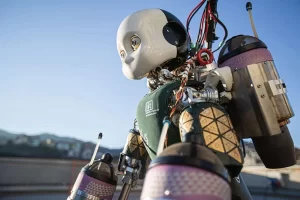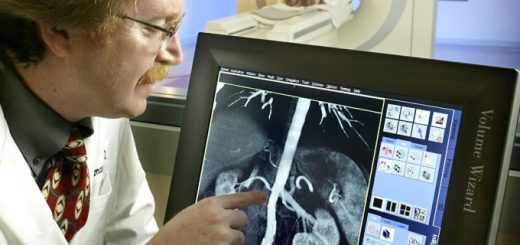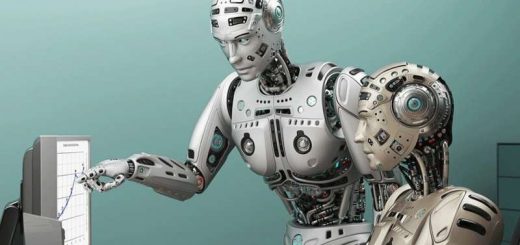Casper robot importance, drawbacks and How does Casper robot work?
Casper robots can navigate rough terrain and debris that would be hazardous for humans. Some Caspers can climb stairs and traverse vertical surfaces with special treads. CASPER stands for “Configuration for Autonomous Search and Patrol Emergency Response.”
Casper robot
Casper robot is designed for search and rescue operations in disaster zones. Some versions of Casper can climb stairs, making them adept at navigating disaster zones within buildings. Though strong, Casper robots are surprisingly lightweight, allowing them to be deployed in areas where heavier machinery might be risky.
There are different sizes of Casper robots. Some Casper variants are incredibly small and nimble. Some are miniaturized for tight spaces and navigate collapsed structures where larger robots wouldn’t fit, while others are larger for heavier tasks. They weren’t named after the friendly ghost! Casper is an acronym for “Comprehensive Automated Search and Patrol Equipment for Response.”
Casper robots aren’t just used in the US. They’ve been deployed in disaster zones around the world, including earthquakes in Japan and Nepal. While Caspers can operate independently, they work alongside other robots or drones for a more comprehensive search and rescue effort.
Caspers often work in teams. Some robots might be specifically designed for search operations with high-powered cameras and thermal imaging, while others might focus on clearing debris or carrying supplies.
Some Casper models are equipped with treads or wheels that allow them to climb stairs and navigate uneven terrain. Casper robots are being upgraded with new sensors and AI capabilities. This allows them to better navigate complex environments, identify survivors more effectively, and make basic decisions during rescue missions.
Casper is an acronym for “Commando Select** Portable Advanced Robot.” While stealthy in movement, Caspers can communicate with each other using a series of beeps and whistles. Casper robots offer valuable assistance in disaster zones. However, it’s important to remember they are tools that complement human rescue efforts, not replace them entirely.
Casper robot advantages
Casper robots are built tough to navigate rough terrain and debris common in disaster zones, which would be hazardous for humans. Their tracks or wheels allow them to go places humans or other machines can’t. They can operate for extended periods without needing rest.
Some Caspers can be equipped with various tools like cameras, microphones, grippers, and sensors to help locate survivors, assess the damage, deliver supplies, and clear small obstacles. They can enter dangerous environments like collapsed buildings areas with unstable structures or areas with hazardous materials, reducing risks for human rescuers.
Casper robots can locate survivors in collapsed buildings or under rubble. They can also detect hazards like gas leaks. By entering dangerous areas, Casper robots can minimize the risk to human rescue workers.
Casper robot disadvantages
While some Caspers have grippers, their manipulation capabilities are not as advanced as human hands. This can make it difficult to perform complex tasks or operate in tight spaces. They might struggle in situations with heavy rain, strong winds, or very low visibility due to limitations in their sensors and mobility.
While they can be strong, Caspers may not be able to perform tasks requiring fine motor skills, like rescuing people from confined spaces. Their effectiveness can be limited by factors like rough terrain, dust, or low visibility.
Developing and deploying these robots can be expensive, They require trained operators to function effectively. limiting their widespread use by rescue teams. They also require specialized training for operation and maintenance.
These robots are not designed for delicate tasks. They may struggle to move debris or clear obstacles in tight spaces. Casper robots may have trouble operating in conditions with limited visibility due to dust or smoke. There might be concerns about using robots in disaster zones, especially if they appear too militaristic.
Casper robots offer valuable assistance in disaster response. However, it’s important to consider their limitations and use them alongside human expertise for optimal results. Casper robots offer valuable assistance in search and rescue, but they shouldn’t be seen as a complete replacement for human intervention.
You can follow Science Online on Youtube from this link: Science online
You can download the Science Online application on Google Play from this link: Science Online Apps on Google Play
Telepresence robot use, advantages, and disadvantages
Sophia robot review, features, use, advantages and disadvantages
Top trending topics on Sophia robots and Can Sophia Destroy humans
Educational robotics, Robot teachers, Social robots review, features advantages & drawbacks
Humanoid robots use, risks, advantages, and disadvantages
Advantages and disadvantages of using robots in our life
Robot teachers use, advantages and disadvantages
Boston Dynamics Atlas review, advantages and features, How does Atlas robot work?
Pepper robot review, features and What can Pepper do for your business?




